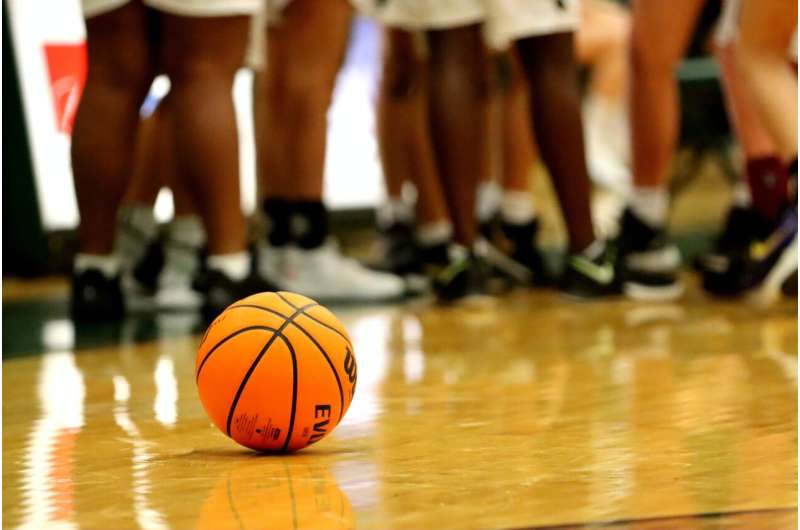
Professional basketball is faster, more physical, and increasingly tactically sophisticated. Even the smallest foul can tilt the balance of a game. Now, research published in the International Journal of Computational Systems Engineering shows how artificial intelligence, specifically machine vision, could bring unprecedented precision to one of the sport’s most contested areas: the detection of fouls.
Machine vision is a form of AI that enables computers to interpret and analyze visual data. In this study, the researchers applied it to high-level basketball footage, with a specific focus on identifying and categorizing fouls in real time. The technology processes video frame-by-frame, isolating subtle movements, contact points, and spatial dynamics that often escape the naked eye, even that of an experienced referee.
The research centered on analyzing games involving the Chinese national basketball team and their international opponents. The study found notable differences in foul patterns between the two sides. Chinese players, for instance, committed more fouls during opponents’ shooting attempts, known as shooting-related defensive fouls. In contrast, their opponents were more likely to foul during dribbling plays.
The AI system also tracked subcategories of fouls, such as illegal use of hands or player collisions, revealing behavioral trends that go far beyond standard box-score statistics.
This new level of granularity possible with machine vision will have significant implications for the future of the game if it adopted as a standard. Conventionally, spotting fouls is down to human observation, referees, coaches, and analysts. Each of these characters is subject to the limits of perception, fatigue, and, inevitably, bias.
Machine vision, by contrast, offers a consistent, objective view. It sees not just the contact, but the context: where on the court it occurred, at what angle, and how both players were moving in the moments before the foul.
For coaching purposes, this kind of data could be used to diagnose weaknesses or imbalances in a team’s defensive or offensive behavior. A pattern of specific fouls, if spotted early, might point to issues with footwork, positioning, or reaction time. These areas might all be addressed through tailored training. For players, especially those navigating the razor-thin line between aggressive and reckless play, the technology offers feedback with a clarity that a simple post-match video review cannot provide.
Perhaps most importantly, the research could reshape how referees are trained. Accurate, data-driven feedback on decision-making in live situations could improve both consistency and fairness. These are commonly two of the most persistent challenges in officiating high-speed sports.
Machine vision is unlikely to completely replace the human referee, but it may soon become an indispensable tool in their development, helping to reduce errors and improve the flow of the professional game.
More information:
Xueliang Jia et al, Feature extraction of basketball player’s foul action using machine vision, International Journal of Computational Systems Engineering (2025). DOI: 10.1504/IJCSYSE.2025.146812
Citation:
AI system brings new precision to basketball foul detection and analysis (2025, July 7)
retrieved 7 July 2025
from
This document is subject to copyright. Apart from any fair dealing for the purpose of private study or research, no
part may be reproduced without the written permission. The content is provided for information purposes only.













Leave a comment